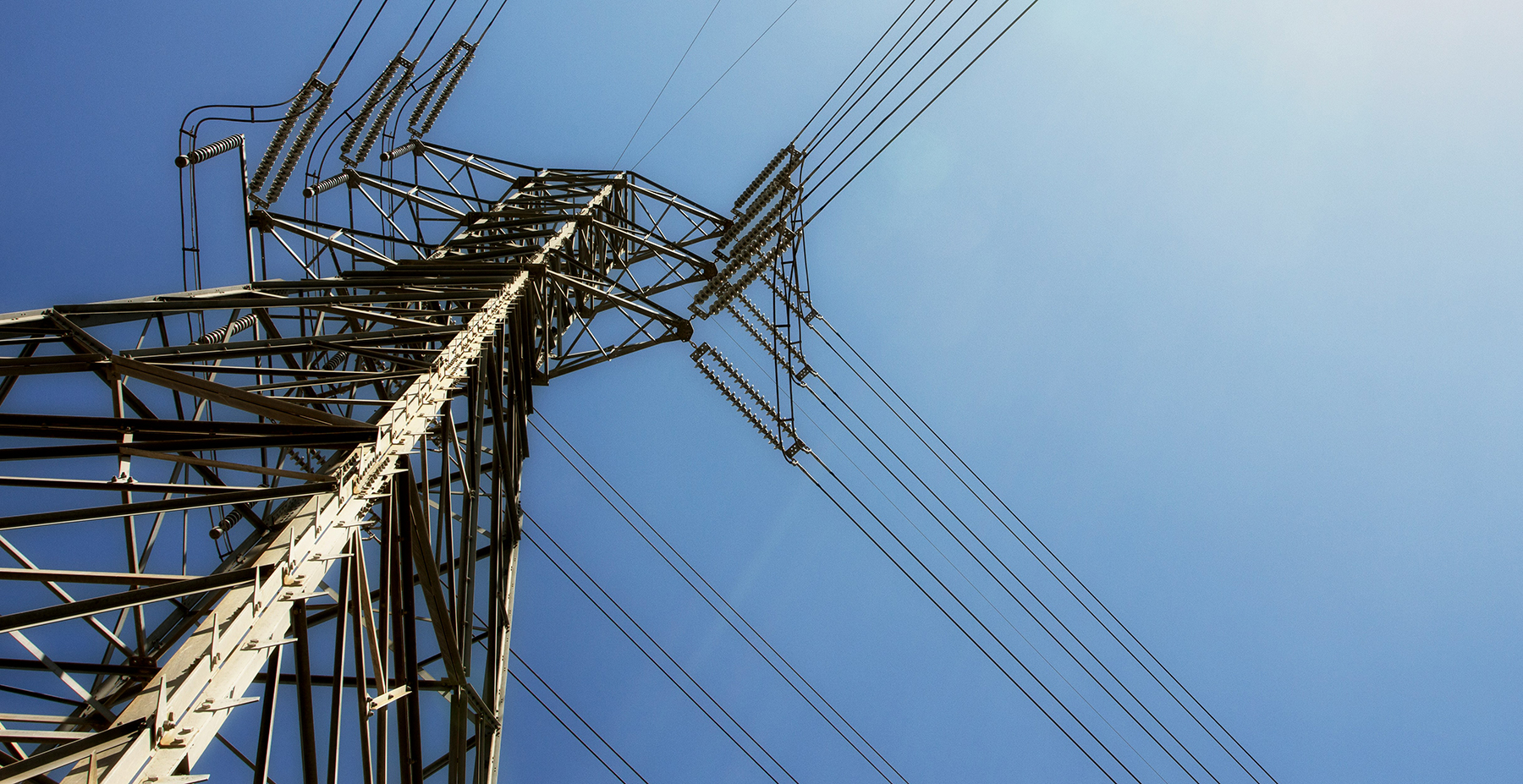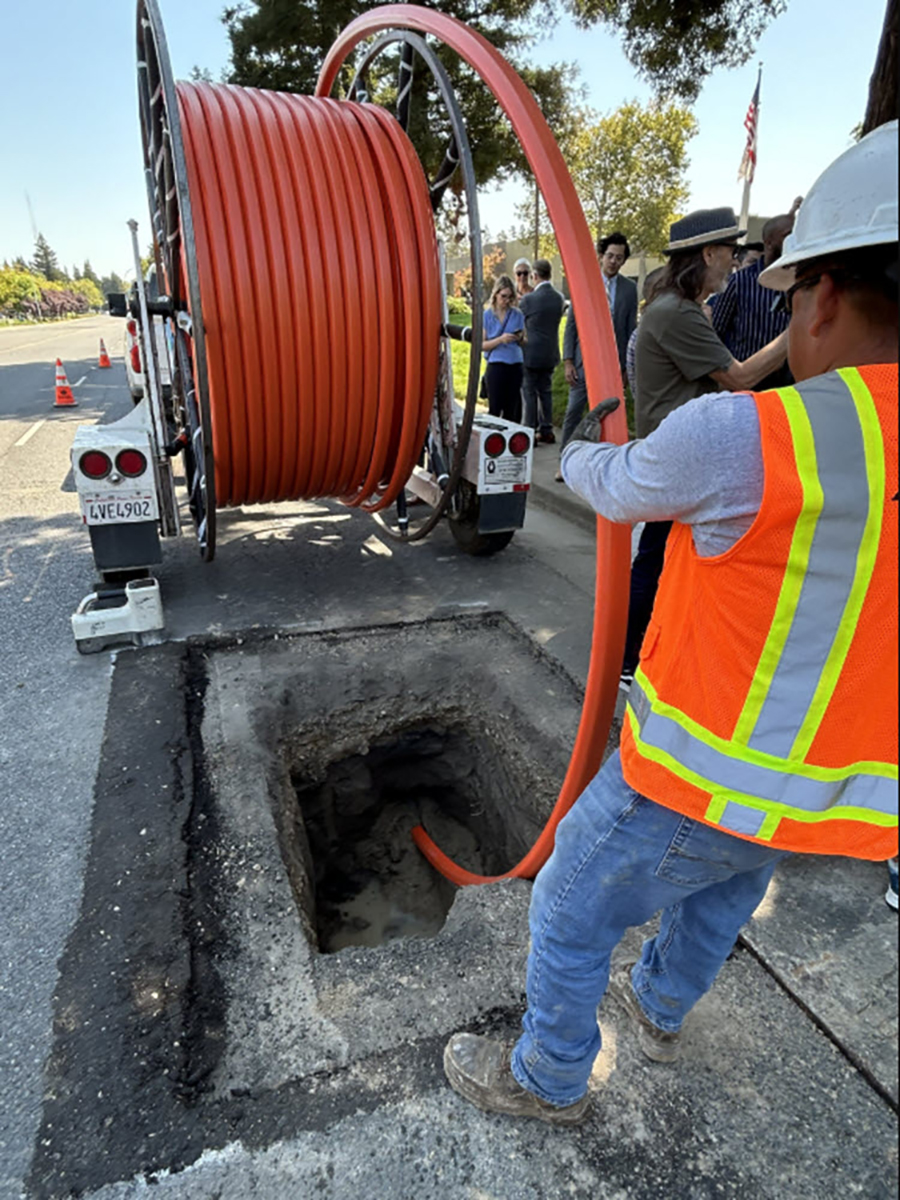 Jason Richard
Jason Richard Our world changed suddenly and drastically when the COVID-19 pandemic brought it to a near standstill in early 2020.
Many of the changes, including an exponential rise in telework, distance learning, and telehealth, highlighted the criticality of broadband in our society.
How crucial was it?
Enough that it merited a spot as a sector in ASCE’s recently released 2025 Report Card for America’s Infrastructure.
Further reading:
- Infrastructure’s upward momentum reflected in report card
- 27 years ago, ASCE’s first ‘Report Card for America’s Infrastructure’ was a game-changer
- ‘It doesn’t have to be like this:’ The report card as a resilience tool before disaster strikes
The pandemic left many lasting legacies, almost all of them negative. But the working and academic worlds rose to the occasion during those dark days, demonstrating nimbleness and the ability to continue to be productive with a huge assist from modern technology. None of it would have been possible without broadband. And the waning of the pandemic has not decreased the demand for broadband, which received a C+ in its report card debut.
Plenty of people are still working remotely. From 2023 to present, among workers ages 20-64 in the U.S., about a quarter of workdays have been remote, the National Bureau of Economic Research estimates. Brick-and-mortar learning will seemingly never be as dominant as it was before the pandemic. And many people – particularly those who are isolated, shut in, or in rural areas – rely on modern technology for doctor visits and medicine.
“All of those things are not going away,” said Ed Barrett, who is president of the broadband unit at HR Green, an engineering and consulting firm, and an adviser for the report card’s broadband chapter. “They’re part of our life in the U.S. There are large swaths of people, mostly in rural and remote America, who because they don’t have connectivity, can’t participate.”
‘Part of our infrastructure’
The first ASCE-issued report card, in 1998, had 10 categories. Over time, eight categories have been added. Broadband was referenced in the 2021 report card but had to wait to earn graded-chapter status until 2025.
“It’s become a part of our infrastructure,” said Darren Olson, P.E., BC.WRE, M.ASCE, the chair of ASCE’s Committee on America’s Infrastructure, which produces the report card every four years. “People depend on it. We’ve had a lot more interest in broadband certainly since COVID-19 and the (increase in) working remotely.”
Broadband’s C+ is higher than any other added sector has received in a report card debut. The grade also was better than the 2025 report card’s overall grade of C. Despite those superlatives, there is plenty of room for broadband to improve.
A combination of age and the warp speed at which technology advances has resulted in many broadband networks reaching the end of their useful lives.
Barrett compares it with a civil engineering staple: pipes. But while they might seem similar on the surface, there is a big difference.
“A pipe is a pipe,” he said. “If it’s in the ground, and it’s not leaking, it’s working. Nobody expects the pipe to do anything else.
“Broadband is no different, except every year for the past 20 years, consumers and businesses have needed that pipe to get 40% bigger speed-wise. The amount of bandwidth that is being used doubles about every three years.”
The report card quantifies Barrett’s assessment in economic terms, noting that “the nation would have lost $1.3 trillion in economic growth between 2010 and 2020 if broadband speeds and adoption had remained at 2010 levels.”
Another challenge facing broadband is an increase in frequency and intensity of extreme weather events, the report card says.
When it comes to grading broadband for the report card, one tricky aspect, compared with many other infrastructure sectors, is the availability of public data. For example, information is readily available about the conditions of bridges, dams, and highways. But because broadband is largely privately owned and controlled, the data is not as easy to assess.
“The challenge is understanding the condition of infrastructure,” Barrett said. “There is no national pole condition reporting requirement. But a significant portion of broadband deployment, particularly in rural America, is dependent on having sturdy poles. It’s fully conditioned on having good condition, unencumbered poles to attach to. The lack of data on pole conditions is certainly a challenge for people in our business and for ASCE and anybody else that is trying to grade infrastructure in this space.”
That is evolving, says Maria C. Lehman, P.E., ENV SP, NAC, F.ASCE, who served as ASCE’s 2023 president.
The Broadband Deployment Accuracy and Technological Availability Act, passed in 2020, requires the Federal Communications Commission to improve broadband access maps. While the maps are still hotly debated, Barrett says, the FCC’s new Broadband Fabric dataset has created a much clearer picture and was one factor in the decision to issue a graded chapter on broadband in the 2025 report card.
“I am happy that we can add broadband as a full chapter that is graded,” Lehman said. “There was just not enough data in the public realm for us to do that in 2021. So various new reporting requirements now give us enough data to assess quantitatively.”
While future and continued funding for broadband is unclear under the current administration’s wide-ranging assessment of spending, the Infrastructure Investment and Jobs Act, signed into law in November 2021, dedicated $65 billion to broadband, including $42 billion under the Broadband Equity, Access, and Deployment Program. Further, the bulk of the Capital Projects Fund’s $10 billion is intended for broadband.
Plenty of room to grow
Lehman participated in a 2023 Semafor summit that included the topic of broadband connectivity: “Igniting Innovation: America’s Digital Future.” She noted that the combination of tens of billions of dollars in private investment along with tens of billions more from the federal government has sent the ceiling for connectivity success soaring.
The key now for civil engineers, she said, is turning those investments into results. “We need to improve delivery to unlock more investment,” Lehman said.
 State of California
State of California Despite all the funding and the widely accepted importance of broadband, the report card estimates that about 10% of U.S. households do not have a broadband subscription, either at home or on a mobile device. The report card notes that “a digital divide remains based on age, income, education, and geography.”
For many civil engineers, that is concerning in a time when being connected is not a luxury but essential.
Brad Williams, P.E., M.ASCE, is a bridge engineer in Alabama and an ASCE Region 5 governor. His state includes a large rural population, which gradually is seeing broadband’s reach improve.
“Broadband for our rural areas is a big deal,” he said. “There’s a lot of expansion going on right now, so it’s going to be able to reach a lot of people that have never had broadband before. I think it’s a big positive, and we’re going to look at adding broadband to our (state) report card in 2027.”
Tzufit Boyle, P.E., PMP, F.ASCE, a senior discipline engineer in the Boca Raton, Florida, office of H2M architects + engineers, agrees that including broadband as a graded chapter is a huge step in the right direction.
“I'm excited to see that it’s being considered infrastructure because we are in a very connected society,” said Boyle, also a Region 5 governor. “To have 12.7 million homes throughout the U.S. without any kind of internet access, it affects education, it affects how you get your knowledge and your news and information. It seems a little tragic to me that in this day and age, there are people out there in the dark.”



